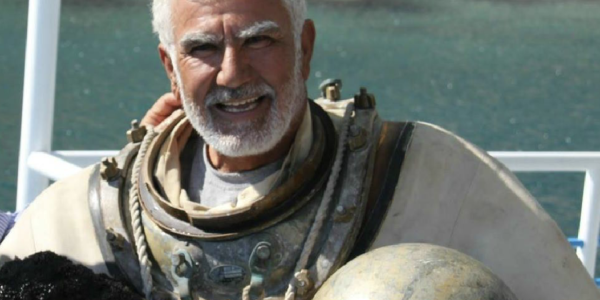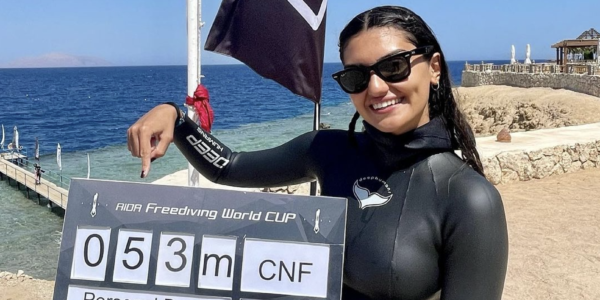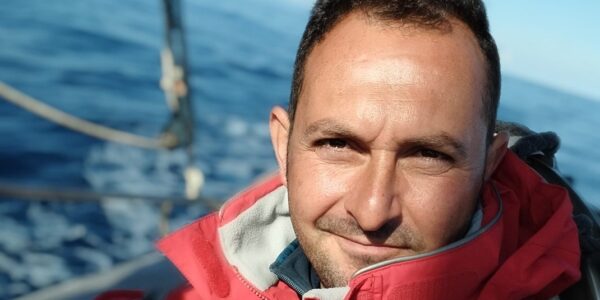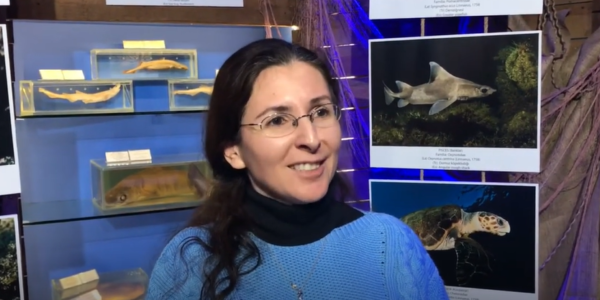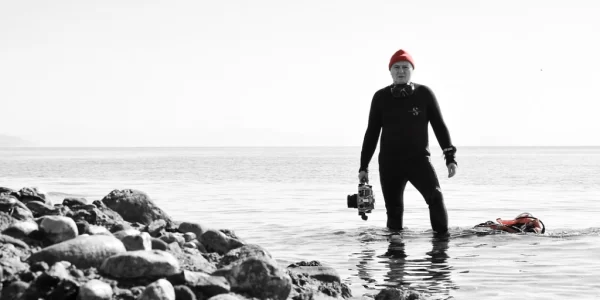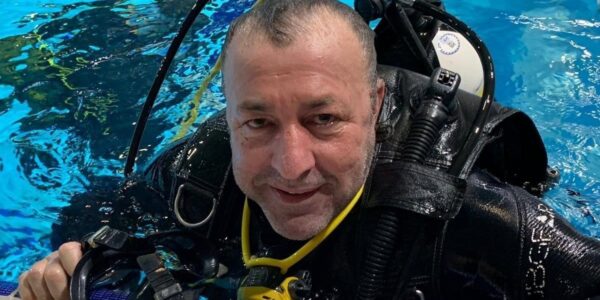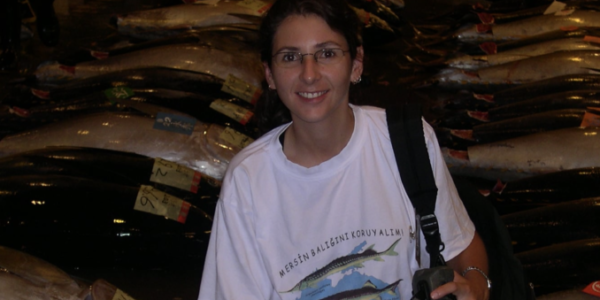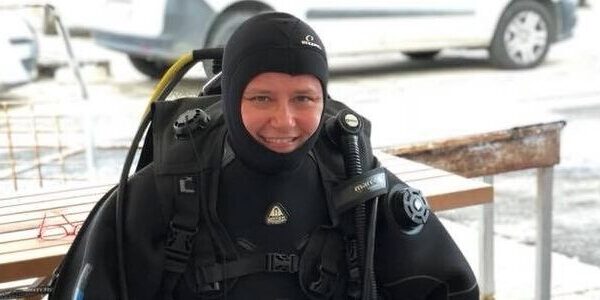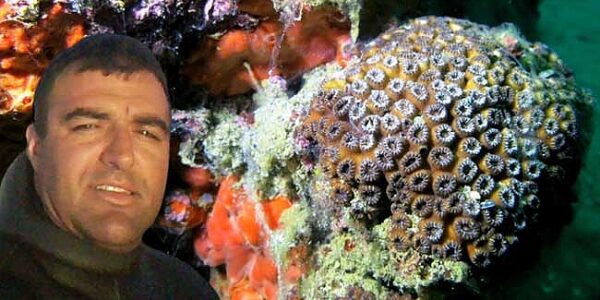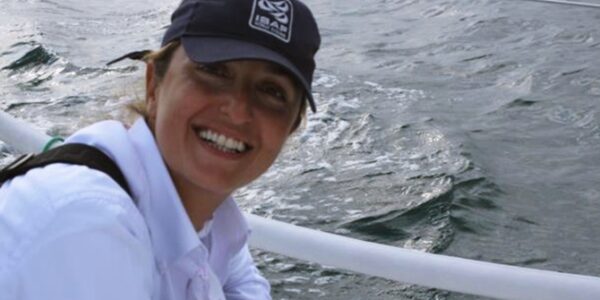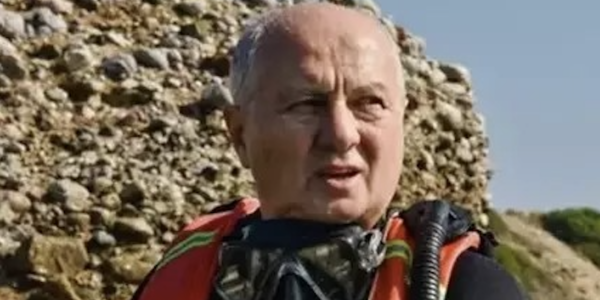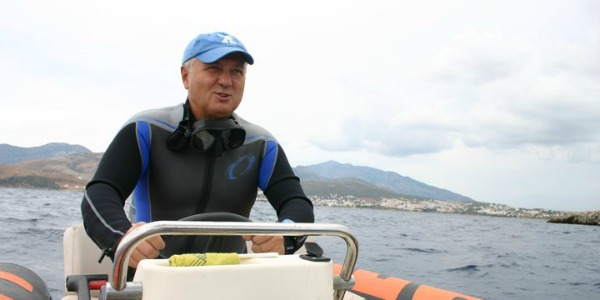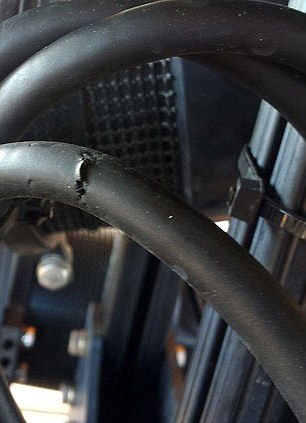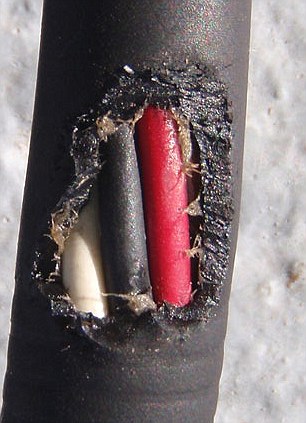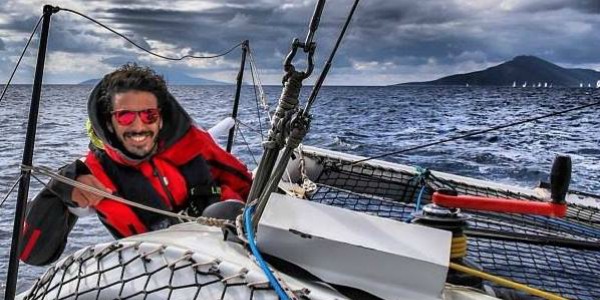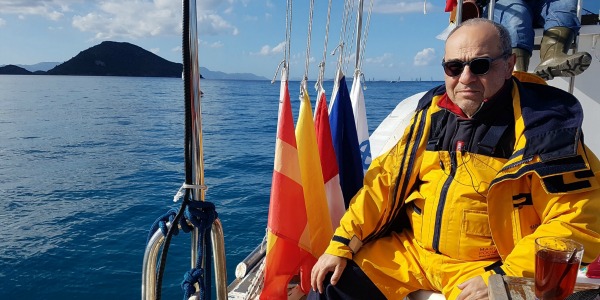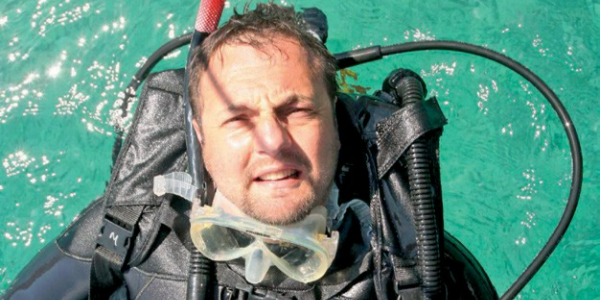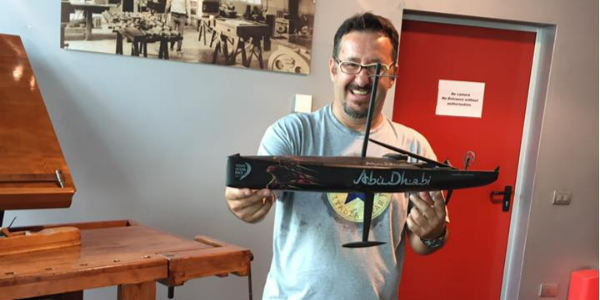When ‘teeth marks’ appeared in cables of an underwater camera system in the Bahamas and the camera cut out, the scientists in charge began to look around for a cuplrit.
Edd Brooks of the Bahamas Cape Eleuthera Institute took a closer look at the cables and found that the teeth marks looked like a huge crustacean had gnawed on them.
The truth was even stranger: they were under attack from a foot long undersea woodlouse.
‘There’s nothing else with mandibles that sharp,’ says Brooks. ‘It was a Bathynomus attack.’
 The beast normally lives 8,500ft under water. Called the Bathynomus Giganteus, it is a super-sized cousin of the humble woodlouse
The beast normally lives 8,500ft under water. Called the Bathynomus Giganteus, it is a super-sized cousin of the humble woodlouse
 Its legs are arranged in seven pairs, and its front two are able to manipulate and bring food to its four sets of jaws
Its legs are arranged in seven pairs, and its front two are able to manipulate and bring food to its four sets of jaws
Edd Brooks of the Bahamas Cape Eleuthera Institute took a closer look at the cables and found that the teeth marks looked like a huge crustacean had gnawed on them
The beast normally lives 8,500ft under water. Called the Bathynomus Giganteus, it is a super-sized cousin of the humble woodlouse.
Its legs are arranged in seven pairs, and its front two are able to manipulate and bring food to its four sets of jaws.
It is a scavenger that feeds on dead whales, fish and shrimp.
The species is abundant in the cold, deep waters of the Atlantic and Pacific oceans and is a good example of deep-sea gigantism.
Many deep-sea crustaceans and invertebrates tend to be larger than their shallow-water counterparts.
It is not yet known whether this is due to the colder temperature, higher pressure or scarcer food resources.
 The Bathonymus chewed through the cables of the Medusa undersea camera
The Bathonymus chewed through the cables of the Medusa undersea camera
 The victim cut out after one of the giant undersea beasts chewed through its cables
The victim cut out after one of the giant undersea beasts chewed through its cables
Attacks on cameras are rare, but the species are relatively common in the Gulf of Mexico. Most specimens are around a foot long, but some can be up to two-and-a-half feet long.
http://www.dailymail.co.uk/
